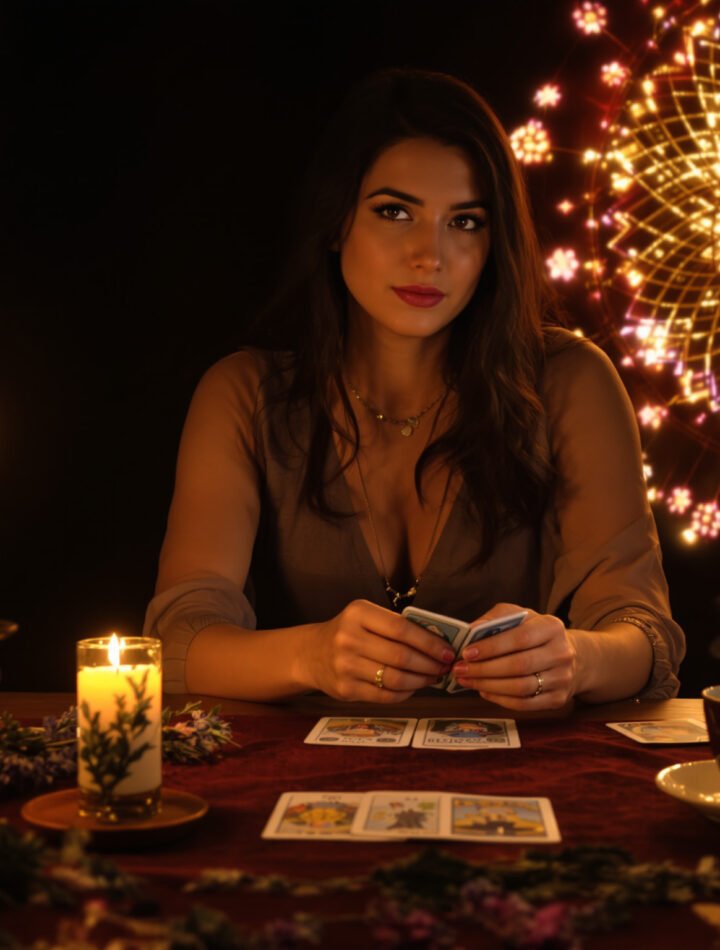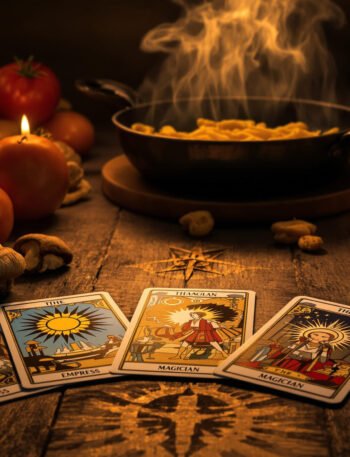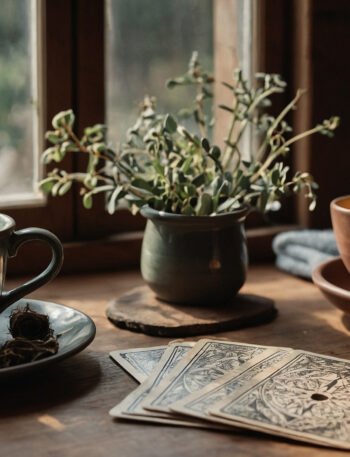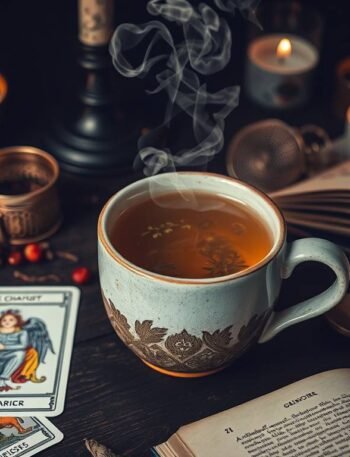✨ Introduction:
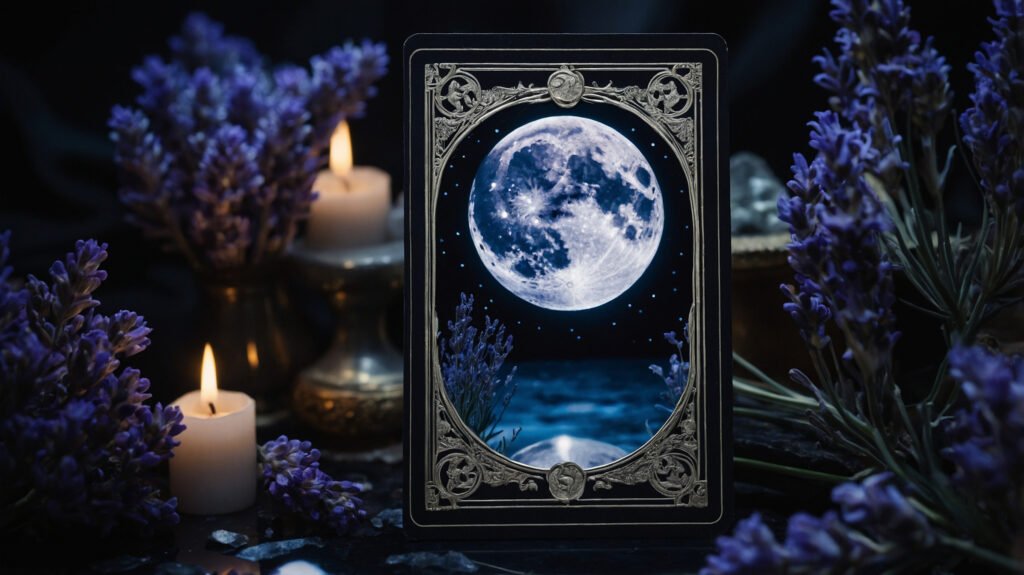
“Sometimes, the cards don’t predict — they listen.”
When the world falls into chaos and clarity seems far away, I turn to the quiet language of the Tarot. As a magician, chef, and seeker of meaning, I’ve learned that the cards can do more than guide decisions — they can soothe the spirit. Today, we’ll explore how Tarot is a companion in times of emotional turbulence, creative blocks, and healing journeys.
🪞1. Tarot as a Mirror: Self-Reflection and Emotional Insight
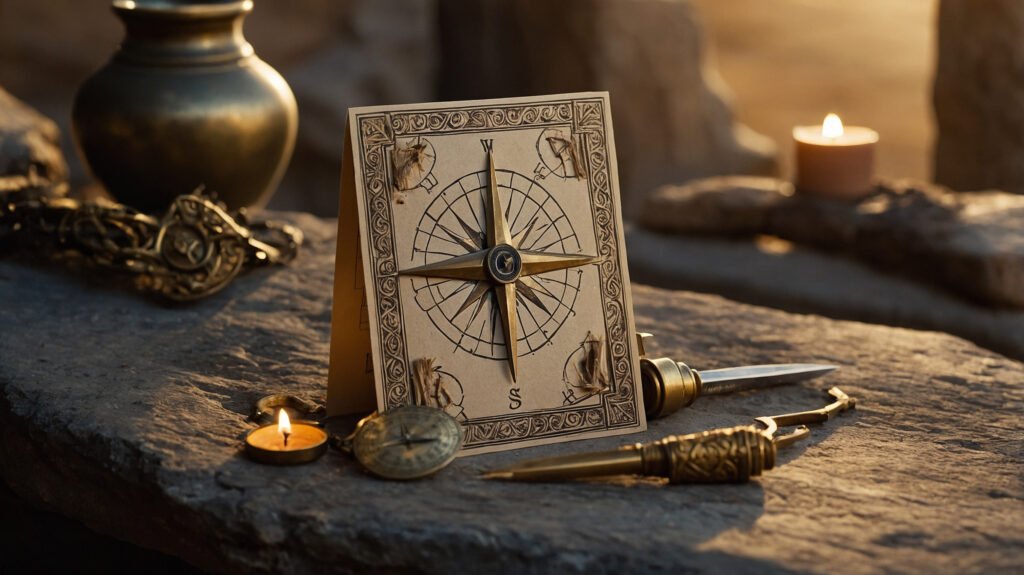
Each Tarot card is a fragment of the human experience. When drawn with intention, it becomes a mirror, showing what the conscious mind might hide.
Example:
Pulling the Moon may reveal hidden fears. Not a warning, but an invitation: to ask, “What emotion have I buried too deep?”
Marco’s Note:
Try this spread when you feel emotionally scattered:
- Card 1: The Emotion I Need to Name
- Card 2: Where It Comes From
- Card 3: How to Embrace It With Grace
🛡️ 2. Tarot as Empowerment: Gentle Guidance in Hard Times
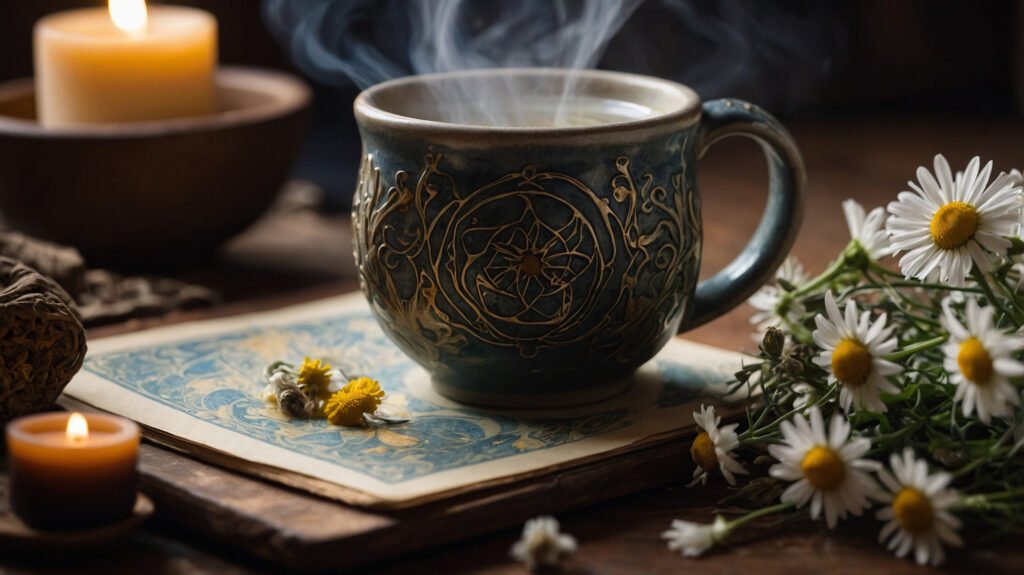
Tarot is not about fate — it’s about focus. A single card can provide a symbolic path forward. You’re not surrendering control; you’re choosing your next move with greater awareness.
Therapeutic Tie-In:
Therapists have begun using a card at the end of sessions to encourage reflection. It can offer closure, or open a door to the next session’s theme.
Try this:
When stuck at a crossroads, ask:
“What energy do I need to move forward with clarity?”
Draw one card. Write or speak a haiku based on it.
🌬️ 3. Tarot for Stress Relief: The Ritual of the Draw
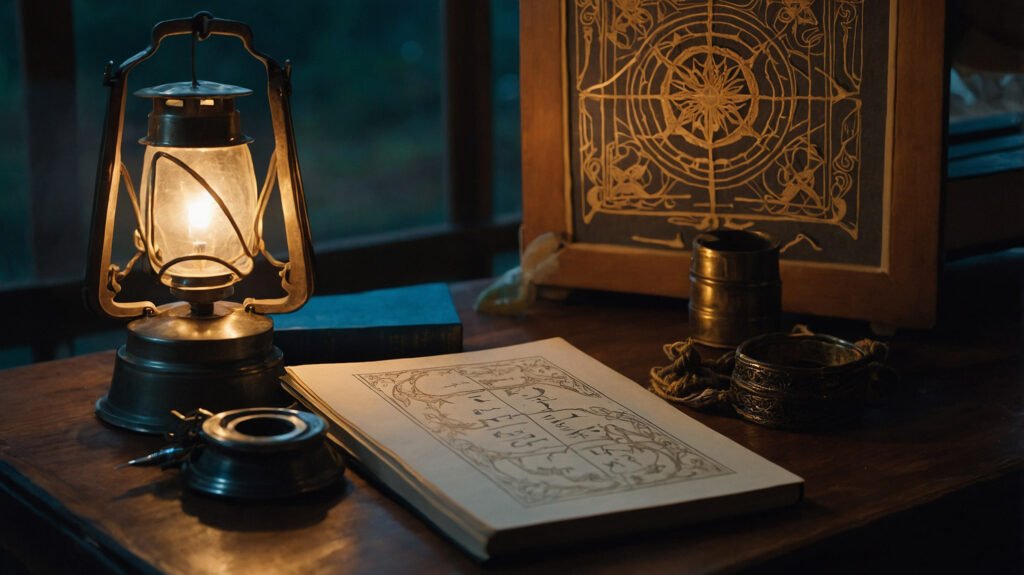
Shuffling cards, focusing breath, and reading meaning is deeply meditative. It slows the mind. Tarot is one of the few slow rituals left in a world of endless scrolling.
Marco’s Kitchen Ritual:
When feeling overwhelmed, I make chamomile tea, light a bay leaf for focus, and draw a card while stirring soup. The ritual soothes the nervous system as much as the meal.
Try this mantra with your draw:
“I am present. I am listening. I am open to insight.”
🌀 4. A Companion to Therapy, Not a Replacement
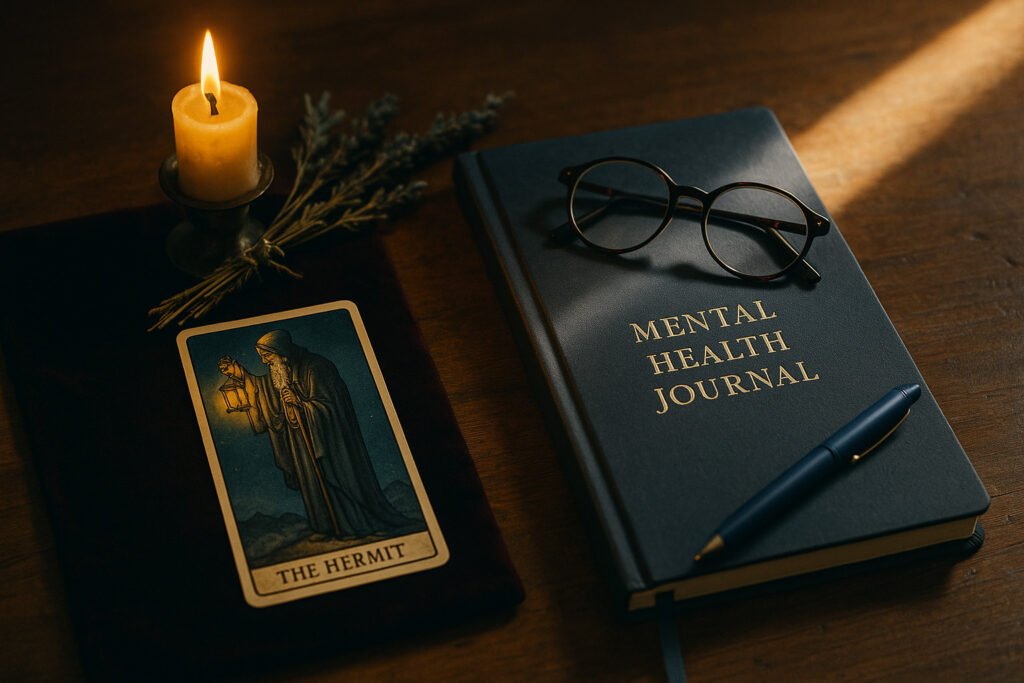
Let’s be clear—tarot is not therapy. But it can be a companion, a spiritual supplement to mental health practices. Using it responsibly encourages emotional expression, especially when language feels insufficient.
When to Pause Tarot and Seek Support:
- When you’re drawing cards multiple times a day for reassurance
- When a reading increases anxiety instead of calming it
- When shadow work reveals trauma that feels too intense to face alone
Esoterris Ethical Code:
We honor the mystery, but we don’t abandon science. If your emotions are overwhelming, please seek support from a qualified therapist. Magic and medicine can co-exist.
💬 Closing Thoughts: Tarot as a Sacred Check-In
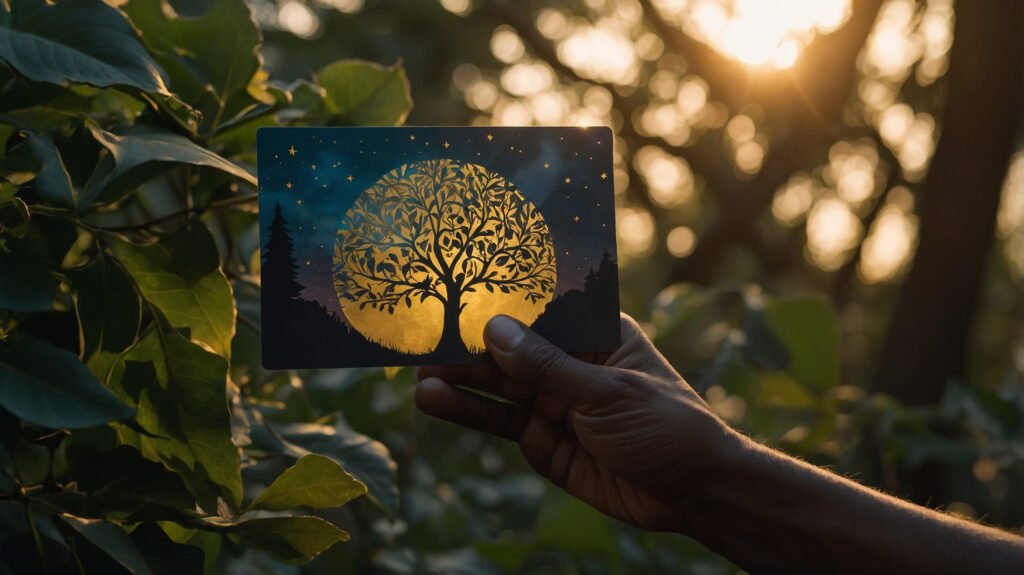
Tarot isn’t about fortune-telling. It’s about creating sacred space for reflection, decision-making, alchemy of thought into feeling, and feeling into healing.So next time you reach for your deck, ask not “What will happen?” but “What do I need to hear right now?”
You may find that the answer was already inside you — the cards just helped bring it to light.

